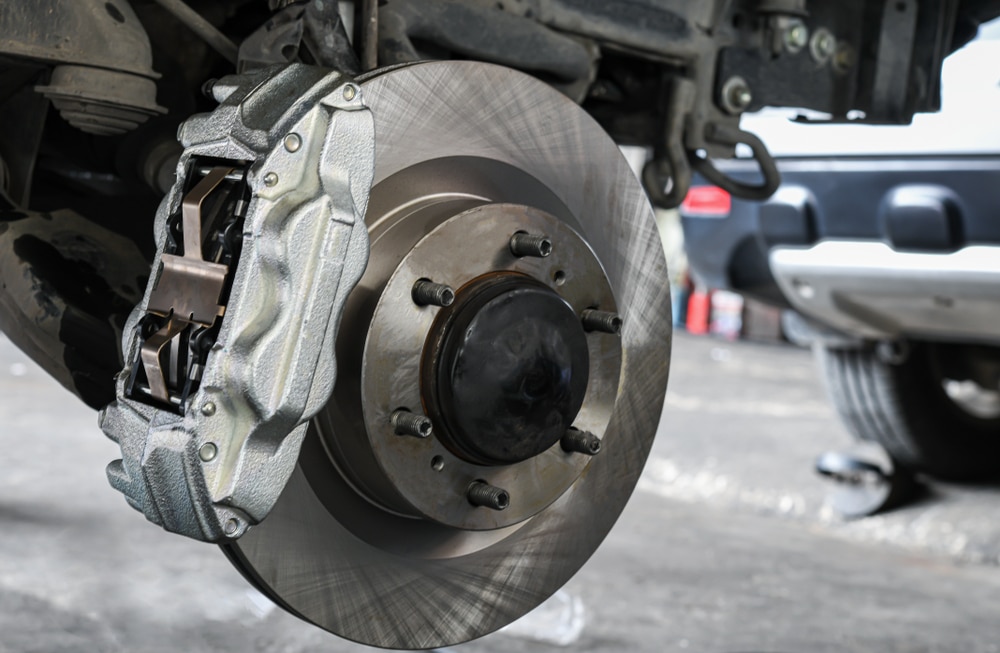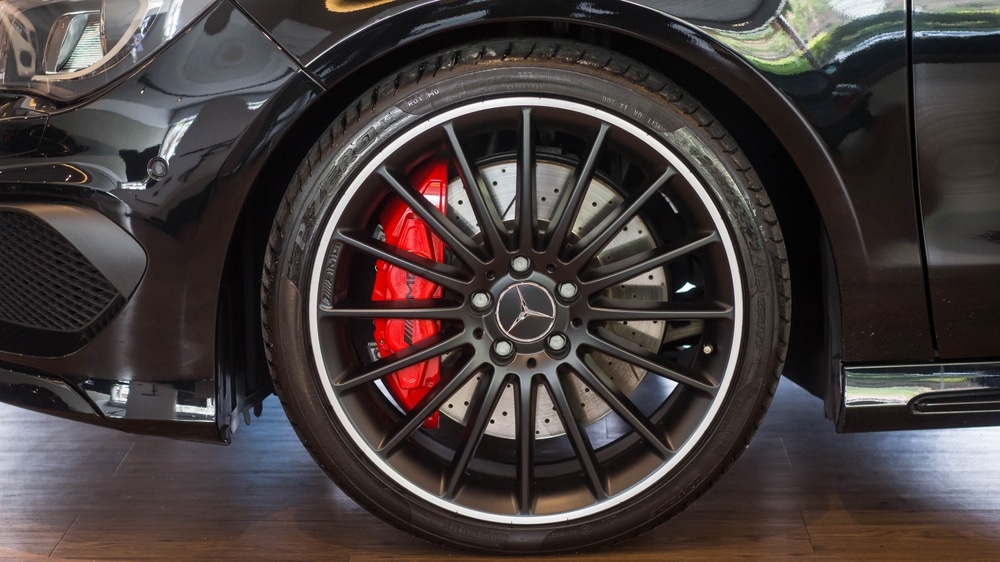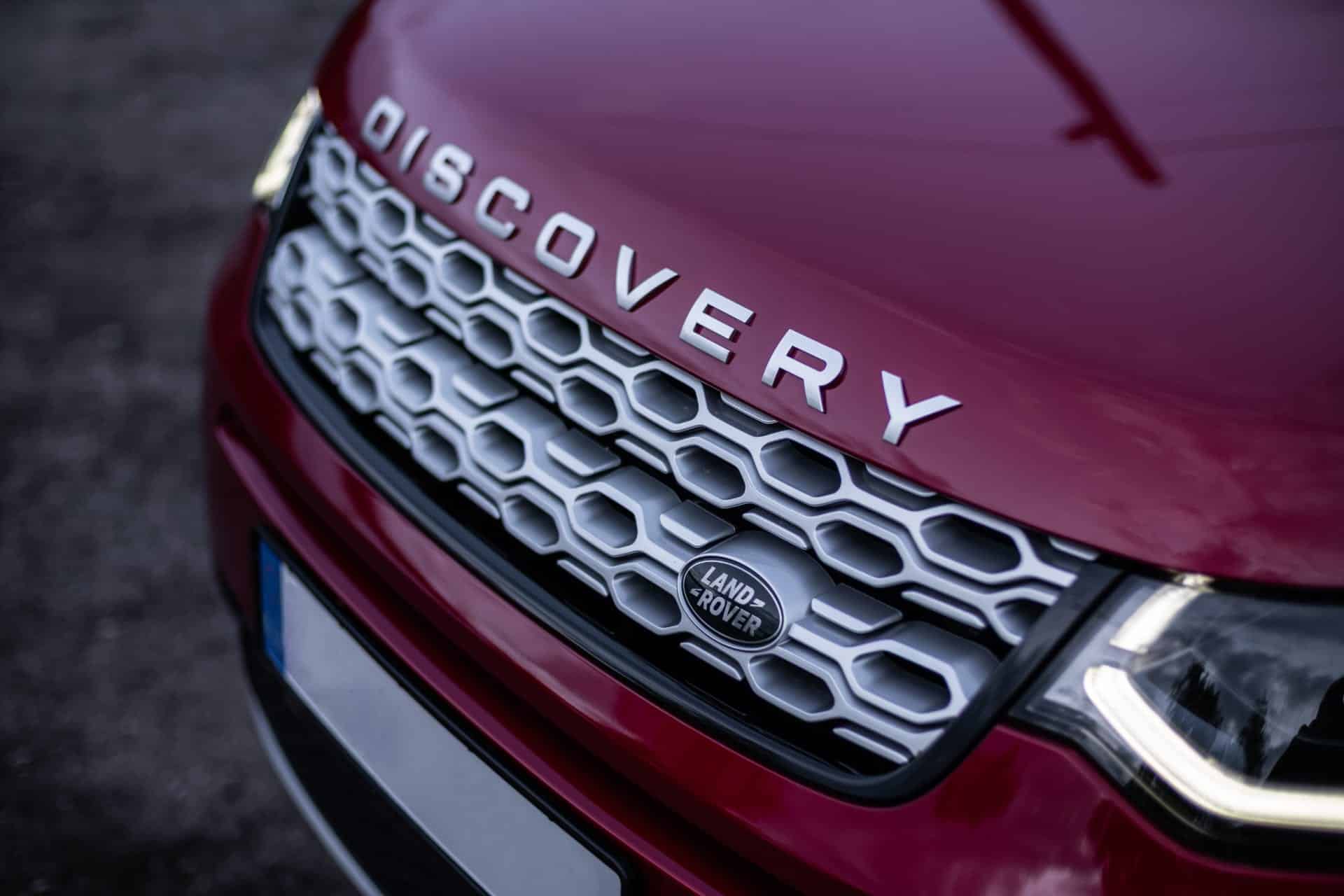Brake Discs
Brake disc problems rarely appear overnight, but once you start to notice them, they tend to get progressively worse. A subtle vibration, faint grinding, or slightly longer stopping distance might be all the warning you get.
At Shires Garage in Langport, we carry out brake disc and pad replacements for drivers across Taunton and the surrounding areas. Our technicians are trained to catch disc wear early, before it compromises braking power or causes wider system damage.
We have a {{average-rating}} star Google rating from {{review-count}} satisfied customers and are proud to keep local drivers safer on the road.
This guide explains how brake discs work, what causes them to wear out, and how to recognise the early signs before your safety is at risk.
The Role Brake Discs Play in Stopping Your Car
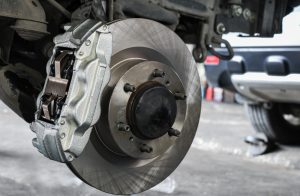
Brake discs are securely attached to the wheel hubs, so they rotate at the same speed as your wheels. When you press the brake pedal, the calipers push the pads against the discs, and the resulting friction is what slows your vehicle down.
That friction produces heat, which is why brake discs are made from cast iron. It’s chosen specifically for its ability to handle extreme temperatures without warping or losing strength.
Most vehicles today have brake discs fitted at all four wheels. However, the front pair typically do more of the work, due to the way your car’s weight shifts forward under braking.
To maintain performance, discs must cool rapidly after each braking event. That’s why many are vented, designed with internal vanes to help channel air through and reduce heat build-up.
At Shires Garage in Langport, we assess brake disc condition as part of every inspection. That includes measuring disc thickness, checking for cracks or scoring, and inspecting for signs of heat damage, all benchmarked against manufacturer tolerances.
Even small changes in disc condition can affect your braking performance. Left unresolved, they may lead to longer stopping distances, uneven pad wear or damage to other brake components.
The Key Differences Between Brake Disc Types
Not every brake disc works in the same way. Depending on your vehicle, you may have discs designed to prioritise cooling, minimise wear, or handle greater braking force. At Shires Garage in Langport, we always check your car’s specification to ensure we fit the correct type during a brake disc replacement.
Solid discs are typically found on the rear wheels of smaller vehicles. They’re made from a single piece of cast iron, simple, durable and effective when less braking force is required.
Vented discs are more common on the front wheels. These have two disc faces with air channels in between to help heat escape more quickly. This design makes them better suited to frequent braking and higher temperatures.
Drilled and grooved discs are engineered for further improved performance. The holes or grooves help to disperse heat, brake dust and moisture, making them ideal for vehicles that experience higher loads or tough conditions.
Some performance or high-end vehicles use ceramic or carbon fibre composite discs. These advanced materials offer improved heat resistance and weight reduction but come at a premium cost, and are only appropriate for specific vehicles.
At Shires Garage, we match the right disc to the right vehicle. We also use calibrated torque tools to ensure the discs are fitted precisely, because good components only work if they’re installed correctly.
What’s Behind Premature Brake Disc Wear
Brake discs are engineered to be durable, but they’re not immune to wear. At Shires Garage in Langport, we often see discs that have degraded earlier than expected, usually due to a mix of environmental factors, driving habits and fitting quality:
Frequent high-temperature braking
Braking repeatedly in traffic or on long descents causes discs to heat up rapidly. If that heat isn’t dispersed properly, it can harden or warp the disc surface, making braking less consistent.
Hard or late braking
Sudden, forceful stops create excessive friction. Over time, this can lead to hot spots or surface glazing, both of which reduce the disc’s ability to provide smooth, effective stopping power.
Incorrect bedding-in of new pads
New brake pads need a gentle break-in period for the first 200 miles. If this step is skipped, uneven pad material can transfer to the disc face, causing thickness variations, brake judder and premature wear.
Sticking brake calipers
A caliper that doesn’t fully release will keep the pad in contact with the disc. This causes unnecessary friction and uneven wear, often concentrated on one side of the disc.
Dirt or corrosion on the hub
A flush fit is essential when mounting new discs. Even a thin layer of rust or debris between the disc and hub can cause misalignment, resulting in disc run-out and inconsistent contact with the pads.
Incorrect bolt torque
If disc bolts aren’t tightened evenly or to the correct specification, the disc can become distorted under pressure. This kind of warping might not be visible, but it can lead to vibration and uneven braking. At Shires Garage, we always use calibrated torque wrenches and follow manufacturer settings.
Low-grade replacement parts
Discs made from inferior materials wear out faster and are more vulnerable to heat stress. That’s why we only use OEM-matching or premium-quality discs that meet the safety requirements of your vehicle.
If you’ve noticed anything unusual while braking, it’s best to get it checked early. Many causes of disc wear can be addressed before they affect the rest of the system.
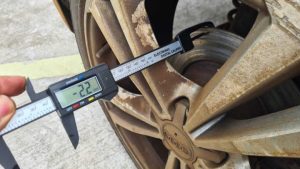
Spotting Worn Brake Discs Before It’s Too Late
Brake discs don’t usually fail without warning, but the early symptoms can be subtle. At Shires Garage in Langport, we help drivers catch the signs early, before braking performance drops or more damage occurs.
Here’s what to look out for:
Brake pedal vibration
If the pedal pulses or vibrates under your foot, especially during firm braking, it could point to disc warping or surface irregularities. You might also feel a slight wobble through the steering wheel.
Screeching or grinding noises
High-pitched screeching may suggest glazing or wear on the disc surface. A deeper grinding sound often indicates that the brake pads are worn through, exposing metal to metal and cutting into the disc.
Visual damage
Look through your wheels at the disc surface. Signs like deep scoring, heat marks, cracks or excessive rust are all reasons to get your brakes inspected.
Burning smell after driving
A hot or acrid smell after braking, especially when driving downhill or in stop-start traffic, could be a sign of overheating or a sticking caliper applying constant pressure to the disc.
At Shires Garage, we go beyond surface checks. We inspect disc condition, thickness and wear pattern, and assess how the whole braking system is working together. If something feels off, we’ll pinpoint the cause and explain what needs fixing, clearly and without pressure. To better understand how your brakes work, check out our related blogs on Brake Pads and The Braking System Explained.
The Consequences of Ignoring Brake Disc Wear
Brake discs are a critical safety component, and once they start to deteriorate, things can escalate quickly. What begins as a small vibration or sound can develop into a loss of stopping power or wider system failure.
Here’s what can happen if a brake disc change is delayed too long:
Reduced braking efficiency
Worn discs struggle to dissipate heat, making them less effective during repeated or emergency braking. This can lead to brake fade, where the pedal feels normal, but the stopping distance increases.
Disc cracking or failure
If surface damage builds up, the disc may begin to crack or split under heavy braking. In extreme cases, this can result in total brake failure.
Uneven braking response
Warped or uneven discs can make the braking feel unpredictable, with the pedal pulsing or the steering wheel vibrating. This instability compromises your control, especially in urgent situations.
Brake fluid overheating
Worn discs produce more heat. If that heat builds up, it can cause brake fluid to boil. When this happens, vapour bubbles form in the fluid, making it compressible, meaning the force from your foot doesn’t get fully transferred to the brakes.
Damage to pads, calipers and beyond
A failing disc can wear through pads unevenly, place extra strain on the calipers and affect wheel alignment or ABS sensor readings. What starts as a single worn part can lead to an expensive multi-component repair.
At Shires Garage in Langport, we believe in dealing with problems before they escalate. If your brake discs are showing signs of wear, we’ll help you understand why and fix it with the right tools and premium quality parts.
Book a Brake Disc Check at Shires Garage in Langport
If your braking doesn’t feel as responsive as it should, whether it’s pedal pulsing, longer stopping distances or a strange smell after braking, it could be time to inspect your brake discs.
At Shires Garage in Langport, we offer full checks on front and rear brake discs and pads. We assess surface wear, thickness, heat damage and overall condition, and always compare your parts against the manufacturer’s safety standards.
If a brake disc replacement is needed, we use OEM-matching components and follow exact fitment guidelines. Every disc is installed using calibrated torque tools to ensure even pressure and long-term safety.
We’re trusted by drivers across Langport and Taunton, and our brake repairs are backed by a 12-month parts and labour guarantee. With courtesy cars available, we’ll keep you moving while we work.
We have a {{average-rating}} star Google rating from {{review-count}} satisfied customers, and we’re here when your braking system needs expert attention.
📞 Call Shires Garage on 01458 250570 to book your brake check today.
